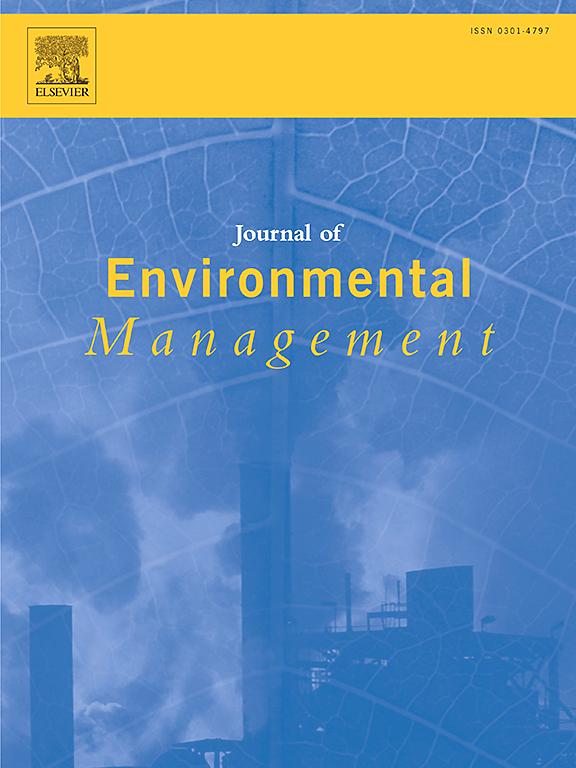Synthesis, characterization, and application of SrTiO3 via metallic Ag modification in the inactivation of Enterococcus sp. in wastewater
IF 8
2区 环境科学与生态学
Q1 ENVIRONMENTAL SCIENCES
引用次数: 0
Abstract
Wastewater reclamation is crucial due to increasing demand and climate change, and disinfection is a key step in the process. However, traditional disinfectants like chlorination produce harmful by-products, prompting the exploration of alternatives such as Advanced Oxidation Processes (AOPs). Peroxymonosulfate (PMS) has emerged as a promising oxidant, especially when combined with heterogeneous catalysts at low concentrations. One example is the development of new nanostructured materials like SrTiO3, enhanced by silver nanoparticle (Ag) doping. This study focuses on the synthesis, characterization, and testing of SrTiO3@Ag for wastewater disinfection, targeting Enterococcus sp., and examining factors such as solar radiation, PMS concentration, and the key species involved in the treatment. In the study, the SrTiO3@Ag material exhibited limited photocatalytic activity under solar radiation at low concentrations, but this was improved by combining it with low concentrations of PMS, leading to the complete elimination of Enterococcus sp. in 45 min. However, adding solar radiation to the SrTiO3@Ag/PMS process had an antagonistic effect, increasing the reaction time. Bacterial elimination likely results from a synergistic mechanism involving the antibacterial properties of Ag nanoparticles, the generation of sulfate radicals from PMS, and electron transfer processes enhanced by light-induced plasmon resonance. Oxidizing radicals and electron transfer are the main contributors to bacterial inactivation.

求助全文
约1分钟内获得全文
求助全文
来源期刊

Journal of Environmental Management
环境科学-环境科学
CiteScore
13.70
自引率
5.70%
发文量
2477
审稿时长
84 days
期刊介绍:
The Journal of Environmental Management is a journal for the publication of peer reviewed, original research for all aspects of management and the managed use of the environment, both natural and man-made.Critical review articles are also welcome; submission of these is strongly encouraged.
 求助内容:
求助内容: 应助结果提醒方式:
应助结果提醒方式:


